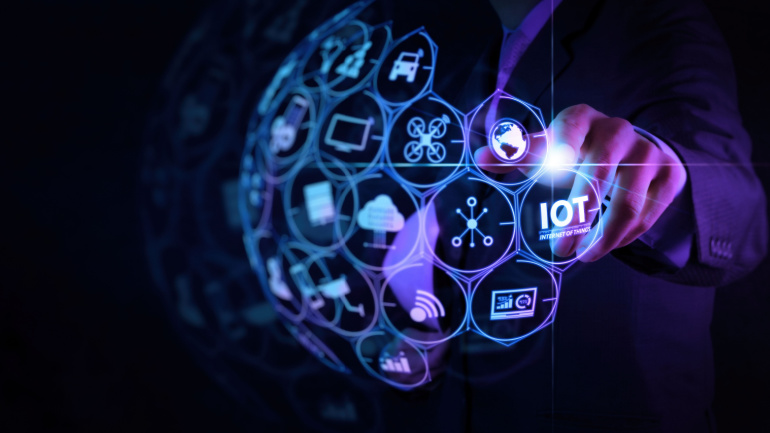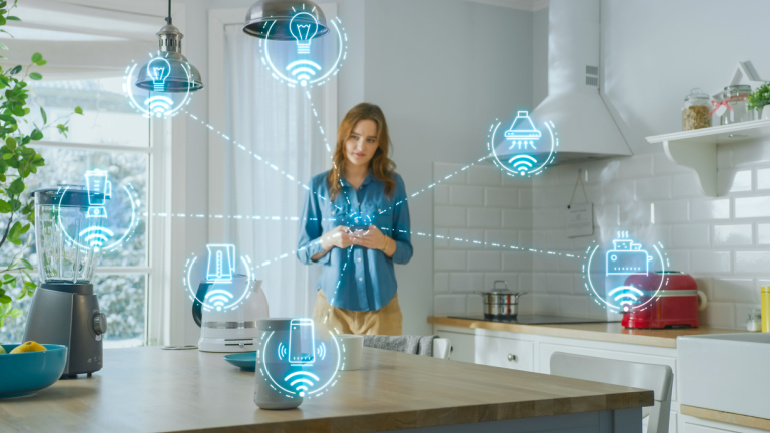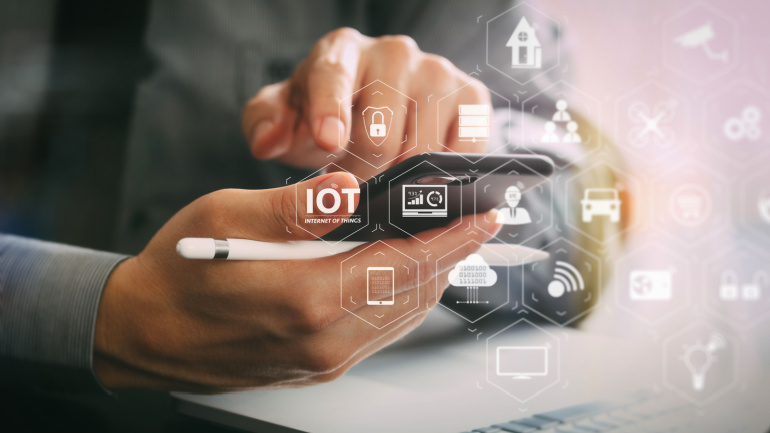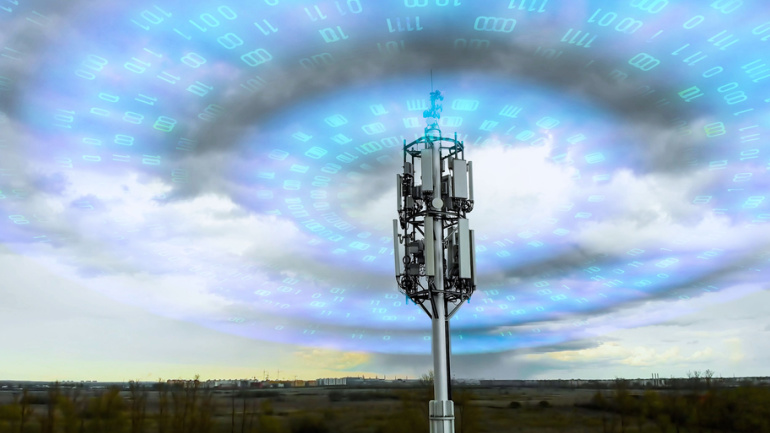Ericsson, Vodafone, and Qualcomm Technologies recently pioneered data transmission via RedCap on a European network for the first time, unlocking a more streamlined, efficient mode of connectivity for IoT and other devices. Tested on Vodafone Spain’s 5G platform, the Ericsson’s RedCap technology enhances connectivity potential while providing economic and efficient data transmission. Furthermore, the demonstration introduced a new technology, New Radio Light, for extending battery life of customer devices.
In a groundbreaking revelation, Telus, Canada’s foremost operator, announced the successful two-way communication between smartphones and IoT devices, using Echostar T1, a geostationary Earth orbit satellite. Partnering with TerreStar and Skylo, Telus accomplished this feat using a specially-designed connectivity platform, highlighting the potential for remarkable connectivity throughout Canada, even in remote areas. As this technology differs significantly from regular D2D communication, Telus’s breakthrough is set to redefine the future of connectivity in previously unreachable corners of the country.
Telecommunication giant BT, in collaboration with Nokia and MediaTek, is exploring the potential of 5G Reduced Capability (RedCap) for Internet of Things (IoT) applications. Recently conducted trials at BT’s research centre aimed at uncovering new use-cases for this technology, which, simplified and less complex than 4G, promises a more efficient IoT ecosystem. As suggested by BT’s Chief Networks Officer, Greg McCall, the RedCap technology could “unlock a new wave of innovation” within the 5G landscape.
VoIP continues its growth trajectory, serving both businesses and individuals for internet-based calls and messaging. Predictions for the next decade include 5G integration, AI-driven enhancements, IoT synergy, and mobile VoIP expansion. VoIP adoption will increase globally, cybersecurity investments will rise, and it will be integral to customer-centric strategies. Ultimately, VoIP may replace PSTN, undergo infrastructure improvements, and remain promising with 5G and AI advancements.
8×8 boosts Microsoft Teams with native calling integration, Opera’s iOS app adds Aria AI chatbot for content generation, Rogers clinches top spot in umlaut’s Canadian carrier study, and IoT propels enterprise transformation with 5G and eSIM adoption, per Omdia survey.
A groundbreaking discovery at the University of the West of Scotland reveals a transformative way to convert human energy into electricity, powered by a 3D graphene foam material. Primed to revitalize the IoT industry, this research spotlights a pressure-sensitive mat that could generate power simply through human footfalls. Offering a unique solution to energy management, this technology could minimize the environmental impact, while fostering a new era of wireless connectivity.
Unveiling a fresh milestone, the UAE’s TDRA has concluded phase two of its 5G Advanced trials, achieving a staggering 10 Gbps speed. This development, achieved in collaboration with operators e& and du, utilized the full potential of the 400 MHz bandwidth in the 6 GHz band. This accelerates the data transfer rate, vastly enhancing capacities for IoT, smart city projects, and metaverse evolution.
In a remarkable stride, Bharti Airtel has connected over 20 million IoT devices via its B2B branch, Airtel Business, amid India’s 5G evolution. This permits a vast assortment of IoT features offered through multiple connectivity mediums. Major deals have propelled Airtel to surpass a key milestone. Moreover, the Airtel IoT platform facilitates enterprises to manage their IoT connections via the Airtel IoT Hub.
The future of telecommunications is rapidly changing thanks to the surge of Internet of Things (IoT) connections, with an anticipated 142 million 5G IoT roaming connections by 2027. This evolution promises increased speeds, reduced latency, and advanced services, setting the stage for a demand surge in standalone-specific 5G roaming agreements. However, despite these advancements, most connected devices will continue utilizing LTE-M and NB-IoT networks due to their compatibility with mixed traffic. A major hub for 5G IoT roaming is Western Europe, anticipated to host 21% of all such connections by 2027.
BT collaborates with HPE to adapt to the rise in hybrid work and IoT demands, leveraging HPE’s Aruba Networking for a new managed LAN service. This partnership promises heightened flexibility, security and visibility, overcoming the limitations of conventional in-building networks. Despite this, the market faces potential turbulence, particularly from the clearances of backlogged orders affecting enterprise WLAN revenues. While this partnership signifies progress, the changes may create a challenging landscape for those in the industry.













